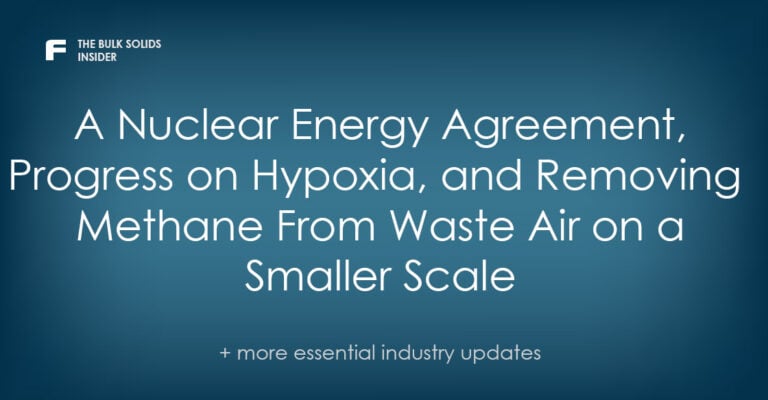Updates in Mining & Minerals
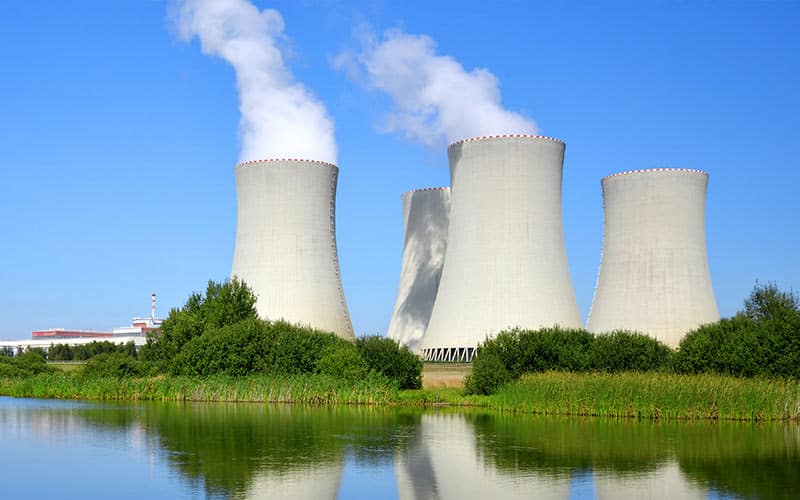
A Nuclear Energy Agreement
This year’s United Nations Climate Change Conference (COP28) saw more than 20 countries launch the Declaration to Triple Nuclear Energy, aimed at tripling nuclear energy by 2050, according to the U.S. Department of Energy. The declaration recognizes the essential role nuclear energy will play in limiting the global rise in temperature to 1.5℃ and is welcome news to uranium producers.
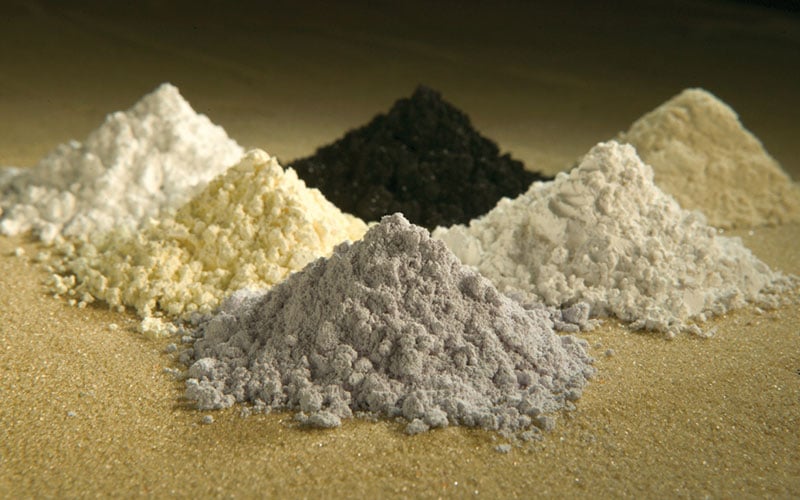
China’s Export Ban on Rare Earth Processing Technology
With an export ban on extraction and separation technology already in place, China has tightened control over rare earths by adding a ban on the export of the processing technology used to make rare earth magnets, according to Reuters.
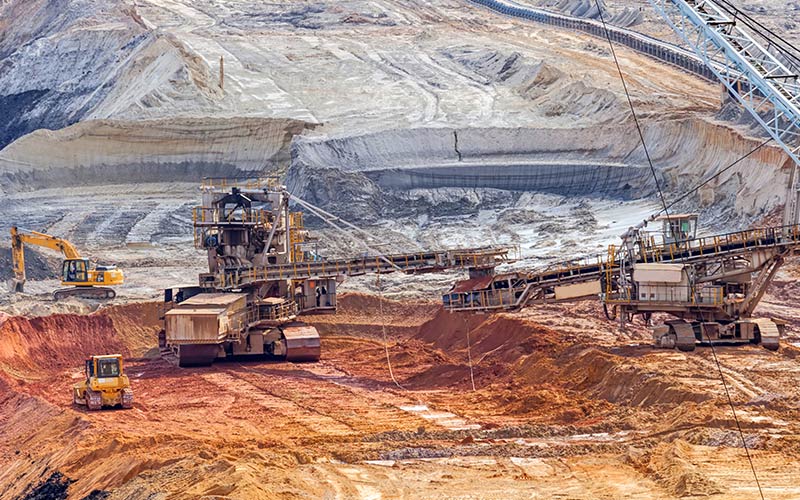
ICMM Releases Guidance on Scope 3 Emissions
The International Council for Mining and Metals (ICMM) has released guidance aimed at helping the industry reduce its Scope 3 emissions; the framework is designed to assist mining and metals companies in setting meaningful short-, medium-, and long-term reduction targets throughout their value chains.

Goodbye, Copper Surplus
Following the shutdown of Cobre Panama and the lowered production forecasts from a leading miner, the expected near-term copper surplus has taken a major hit, removing hundreds of thousands of tons of supply from the market, according to Mining.com.

A Copper Discovery
On a more positive note, Ivanhoe Mines has announced a significant high-grade copper discovery in the Democratic Republic of Congo. The discovery, named Kitoko, is part of a joint venture package of newly acquired licenses.
Updates in Fertilizer

Progress on Hypoxia
The Fertilizer Institute (TFI) has released their Hypoxia Task Force’s 2023 Report to Congress, illustrating the significant progress made in achieving goals set out by the Gulf Hypoxia Action plan of 2008. In a statement on the report, TFI President and CEO Corey Rosenbusch credits nutrient stewardship practices, commenting, “This report is proof that science- and industry-backed conservation practices being voluntarily adopted by farmers and ranchers are having a tremendous impact on our nation’s water quality and should be lauded for their continued efforts to grow more food with less environmental impact.”

New Bill Looks at Domestic Fertilizer Industry
Three U.S. Senators have introduced a bill entitled the Fertilizer Research Act of 2023, calling for a deep dive on the domestic fertilizer industry. The resulting report, required from the US Secretary of Agriculture within one year of passage, would examine a number of aspects of the nation’s fertilizer market, including trends, market size and value, and more, with particular attention on pricing and competition.

Peeling Back the Curtain on Global Fertilizer Use
Non-profit network agri benchmark is partnering with the International Fertilizer Association on a project that will develop data around global fertilizer usage in key crops in all major fertilizer-consuming countries, with the ultimate goal of making fertilizer use more transparent. The global roll-out follows the completion of a successful pilot project conducted across seven countries.
Updates in Chemical

Colorado Bans Single-Use Plastics
As of January 1, 2024, large retailers, food establishments, and grocers in Colorado will no longer provide plastic bags, to-go containers, and the like. The ban on single-use plastics is the next phase in the Plastic Pollution Reduction Act that was passed in 2021. Read the full story from KUNC >>.
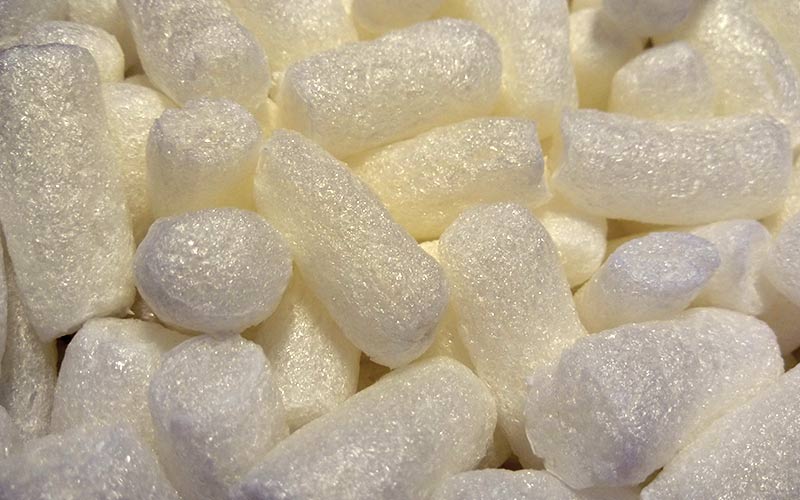
A Lower Environmental Impact for Plastics Production
Also in plastics, the American Chemical Council’s Plastics Division has released a new life cycle assessment report. The report shows that between 2010 and 2020, the environmental footprint of manufacturing High Impact Polystyrene (HIPS), General Purpose Polystyrene (GPPS), and Acrylonitrile Butadiene Styrene (ABS) has gone down in relation to greenhouse gas emissions and the amount of energy required. Read the report: A Decreasing Footprint >>.
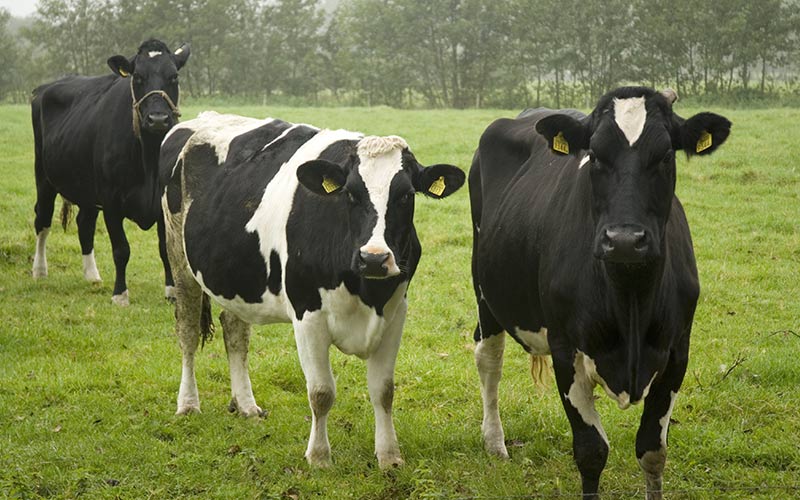
New Research in Removing Methane From Low-Concentration Sources
New research published in Environmental Research Letters and available from IOPscience shows how a high-efficiency gas phase photoreactor can be used to remove methane from waste air at a low cost and with little energy. The findings could be essential for facilities such as wastewater treatment plants and livestock operations that do not meet the scale requirements of existing available methane removal technology.
Like what you’re reading? Subscribe to our blog for industry updates and expert advice on bulk solids processing and handling.


